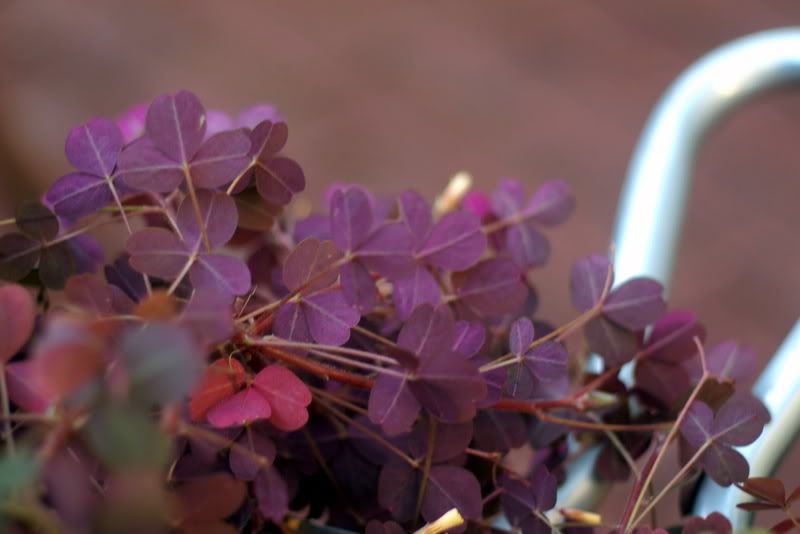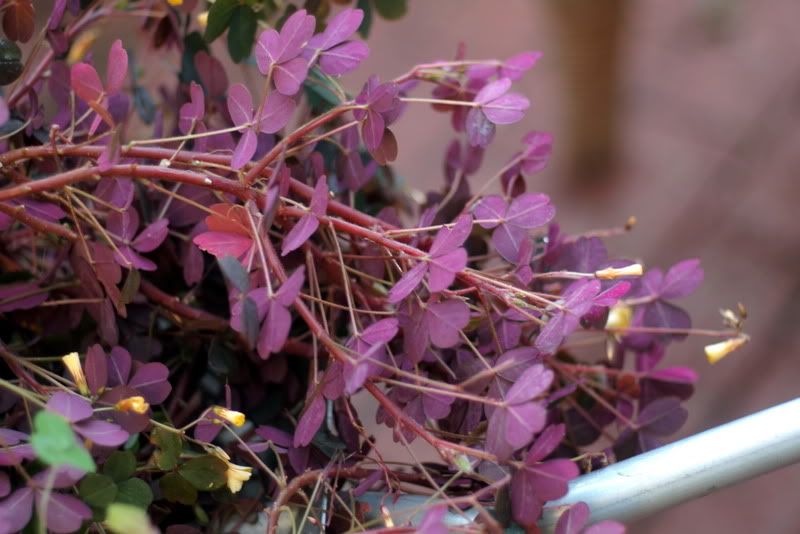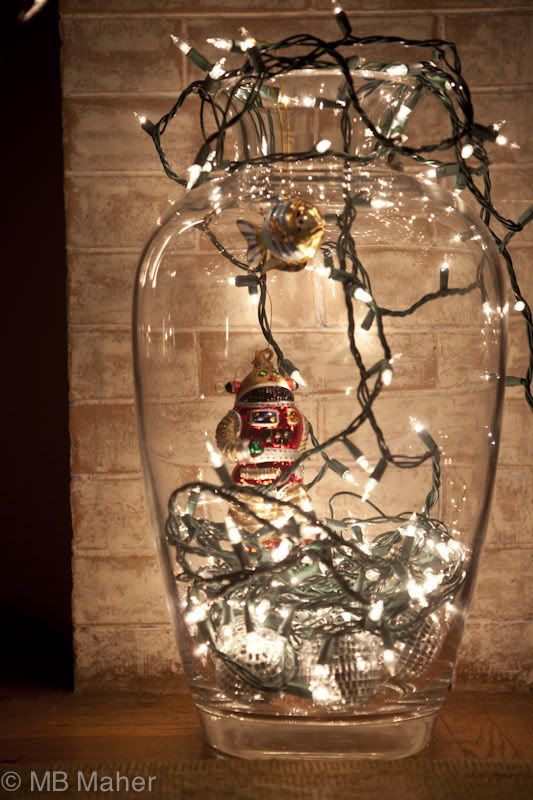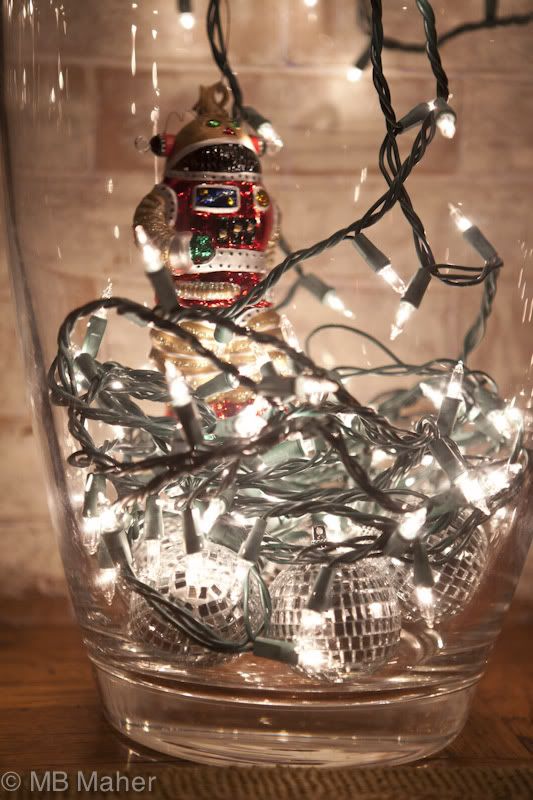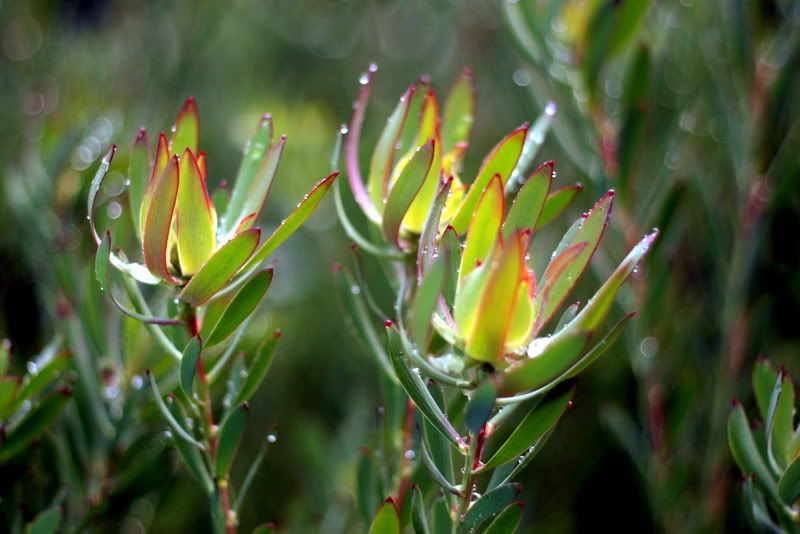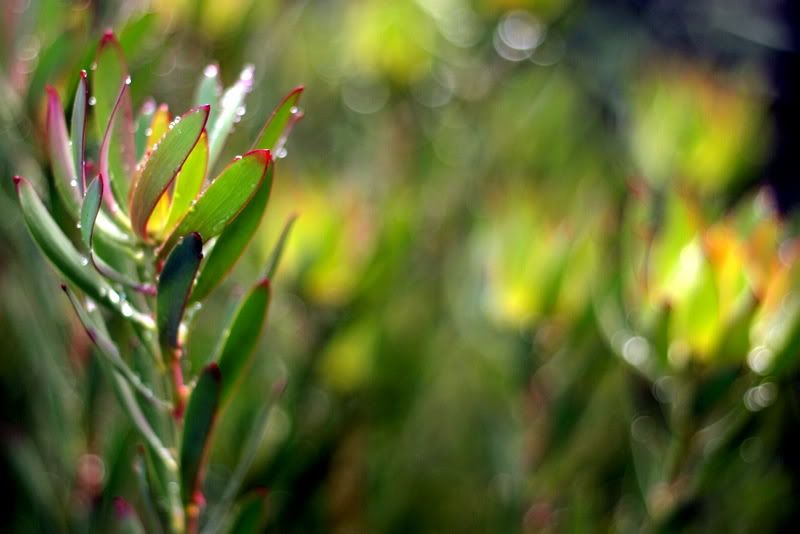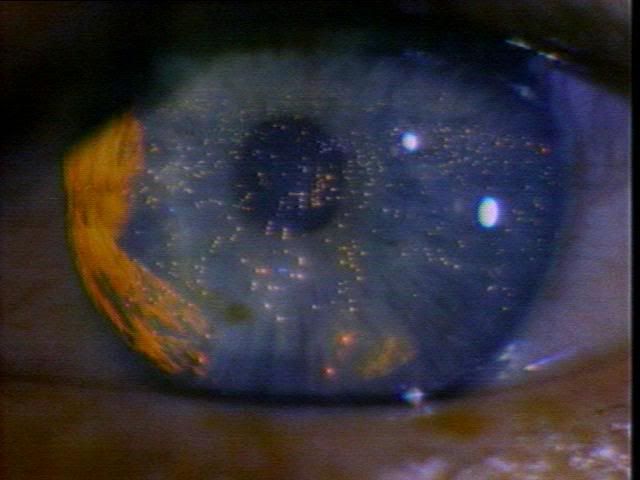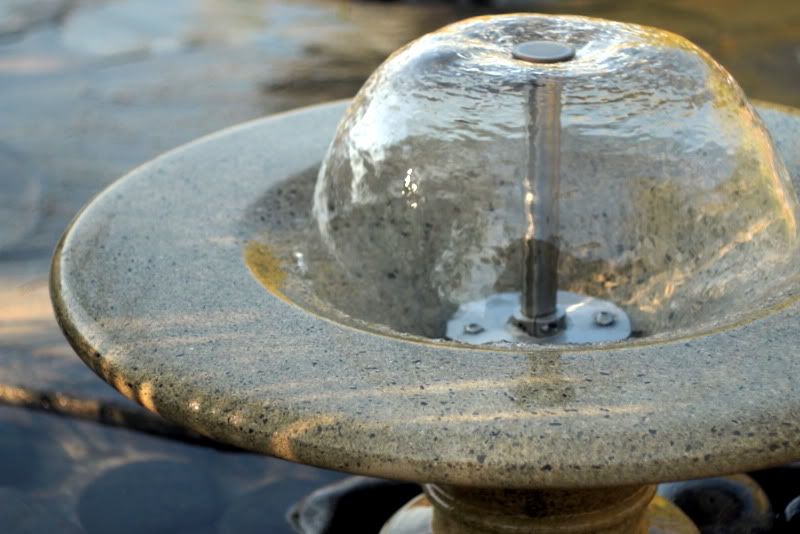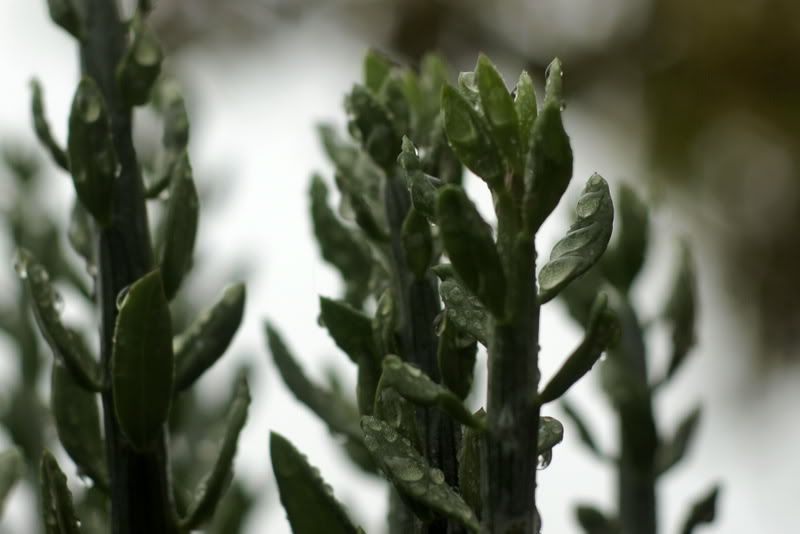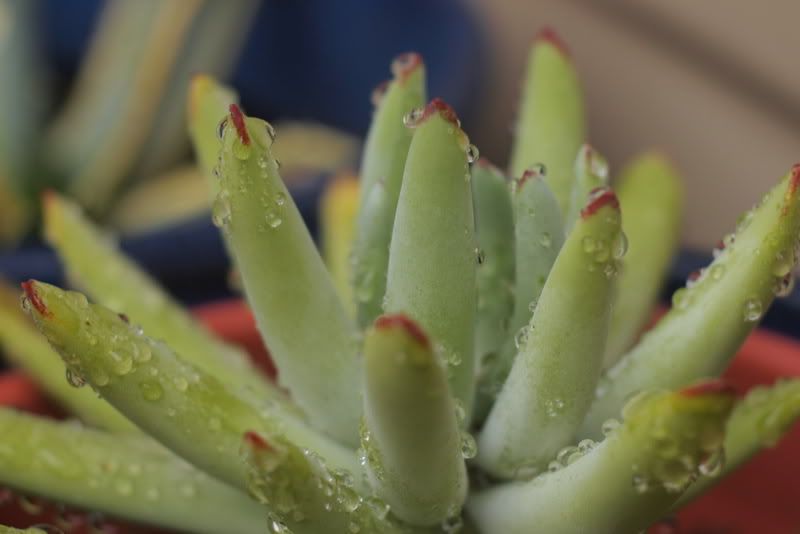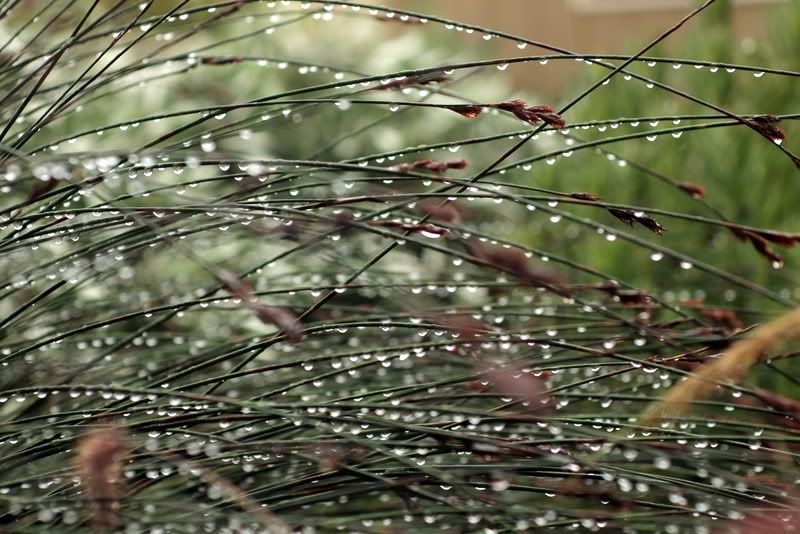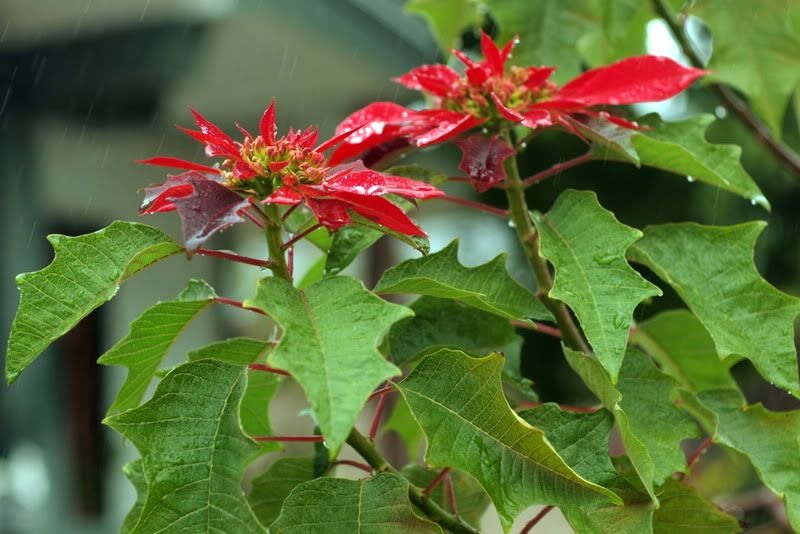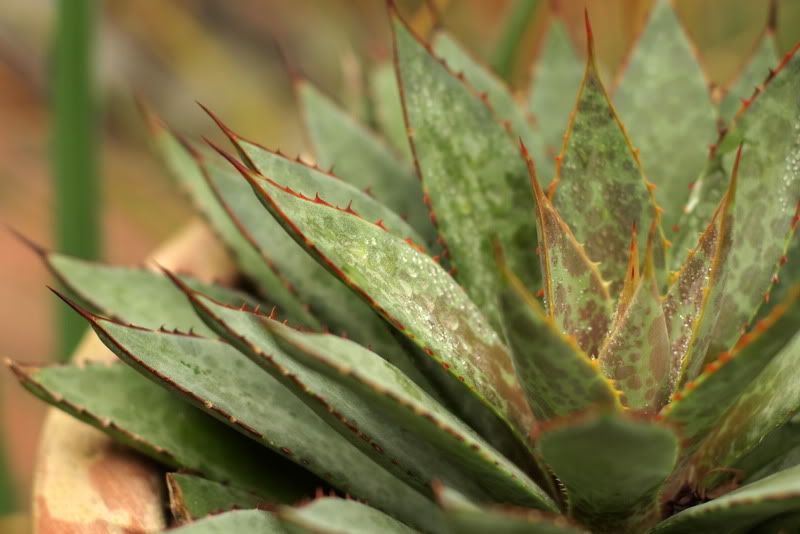(Actor Slim Pickens riding the bomb in Kubrick’s Dr. Strangelove.)

A December Bloom Day post begs for a little goofiness. No other word describes prowling a drizzly garden for photos in non-existent light searching for non-existent blooms.
The roster for this month is pretty thin. The paperwhites are budding. (The single most important factor for success with bulbs is foresight, foresight, foresight.)

Erysimum linifolium ‘Variegatum’ loves zone 10 winters.
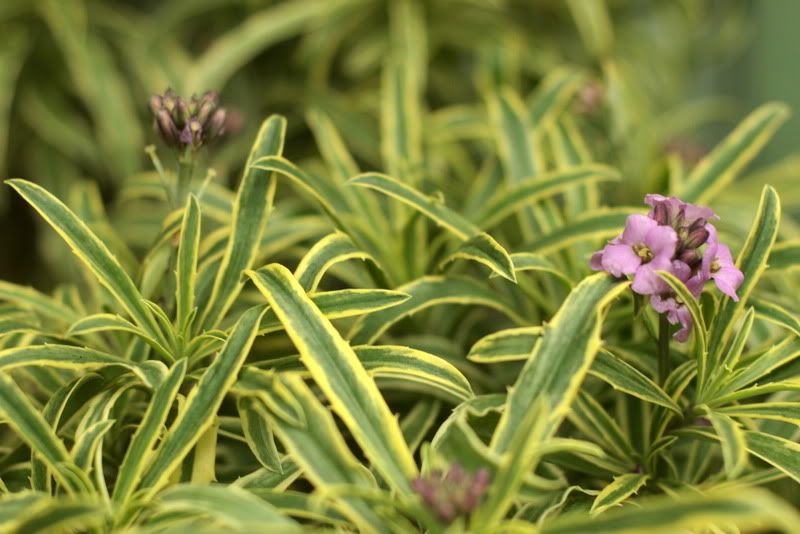
The bracts of the ‘Waverly’ salvia color up duskiest in December.
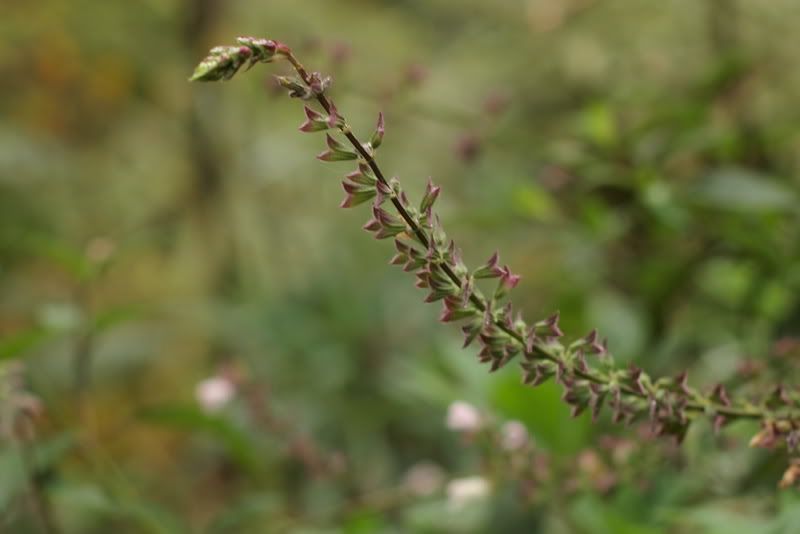
Amicia zygomeris surprisingly putting out lots of fresh growth through winter, as well as these almost hidden, pale yellow, bruise-like flowers. My first year growing amicia, planted in fall, a favorite of the late Christopher Lloyd at Great Dixter. Any plant that flourishes in zone 10 winters is instantly suspect for being unable to endure zone 10’s dry summers.

I’ve been deadheading Queen Anne’s Lace, Ammi majus, to bulk up the plant for spring, but it insists on throwing out blooms.

Being a cloud-forest sage, Salvia chiapensis prefers the cool temps in fall, winter, and early spring.
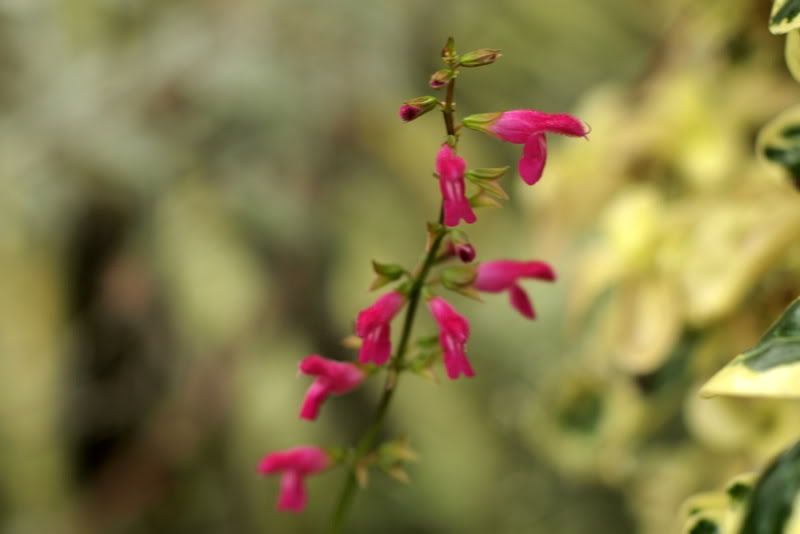
Pelargoniums. (If Kathy sees this, she’ll know I’m stealing Filoli’s scheme of potted pelargoniums for the porch steps.)
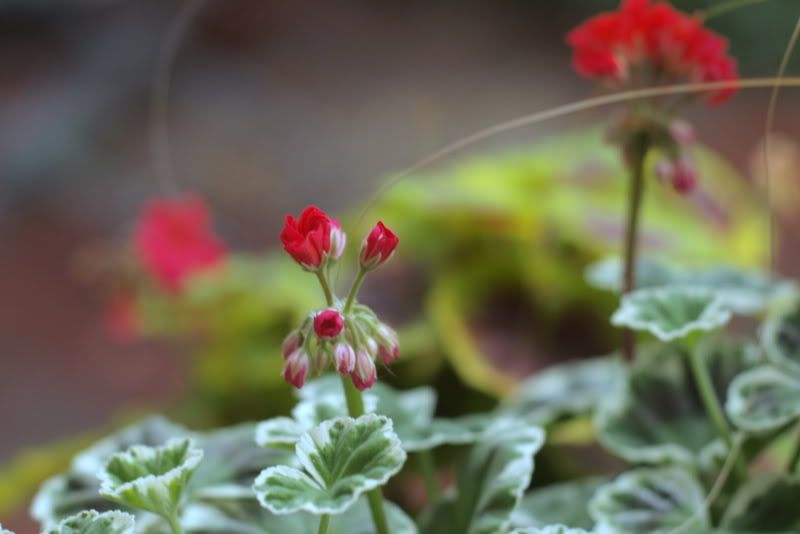
The reed-stem orchids, epidendrum, are throwing a few blooms. They’re blooming like crazy all over town, which they might do here if I wasn’t so stingy with fertilizer. Run-off into storm drains is behind the stinginess, not money.
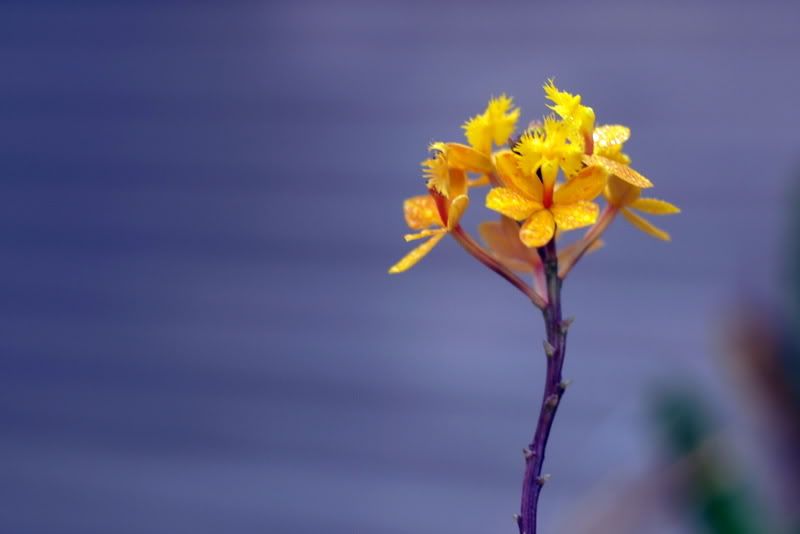
Copper Canyon Daisy, Tagetes lemmonii ‘Compacta’
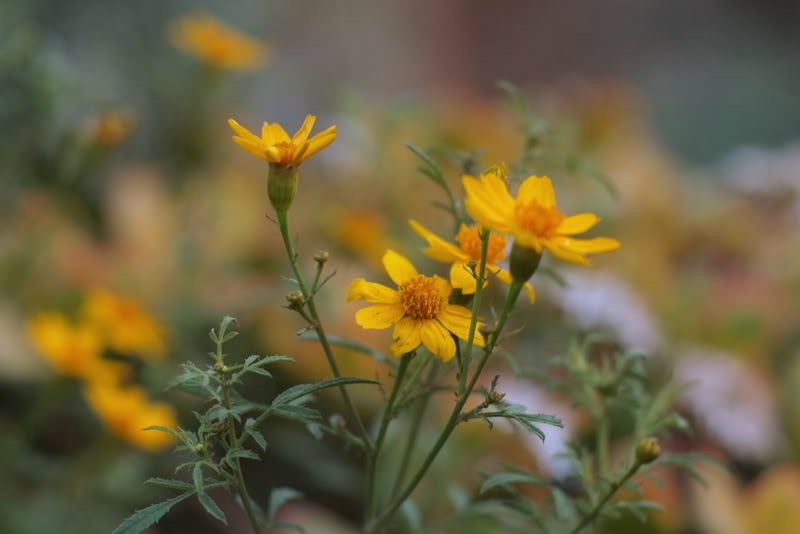
Some succulents in bloom.
Graptoveria ‘Fred Ives’ harassed by one of the predators of winter.
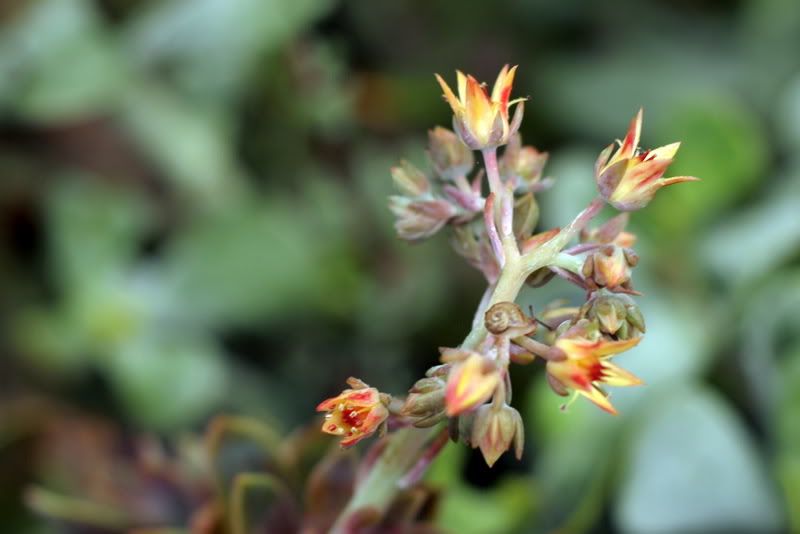
This one came labeled as Echeveria elegans ‘Grey Red’

Amidst all the drizzle and grey, it looks like there’ll be roses for Christmas this year.
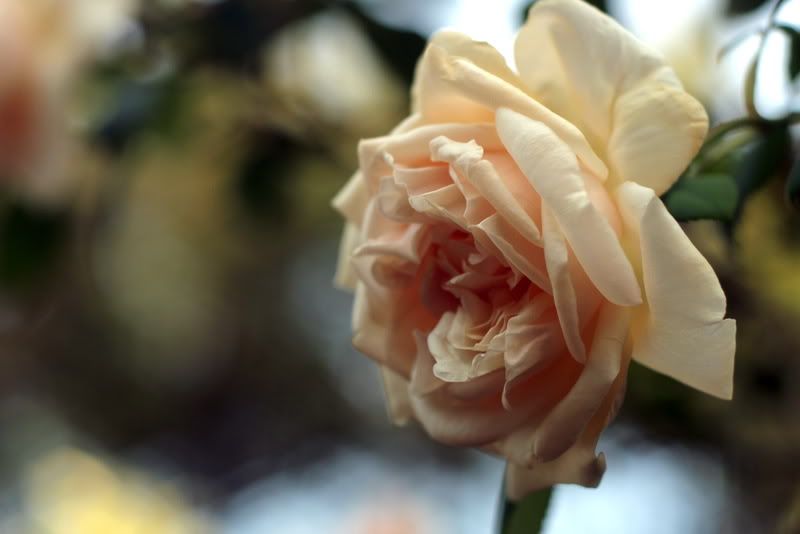
May we all ride Old Man Winter as joyfully as Slim Pickens atop the bomb and trust to expanded garden pickings ahead. Happy Bloom Day!



